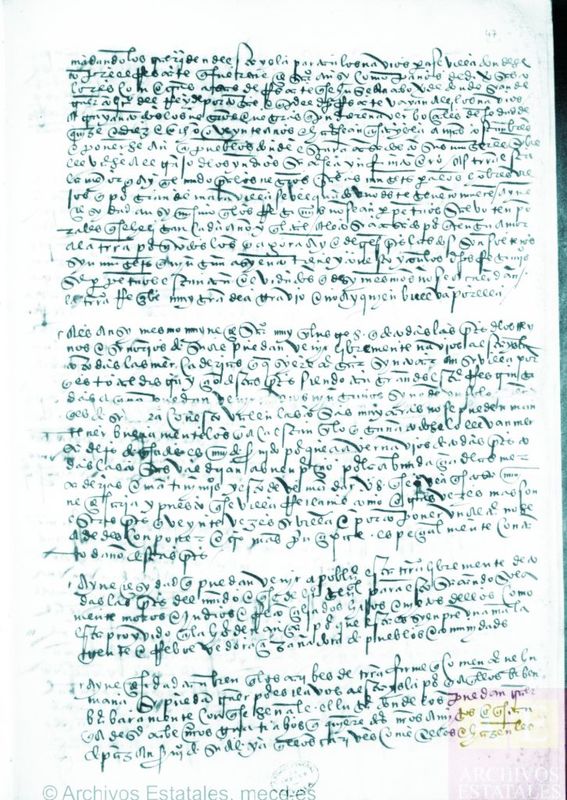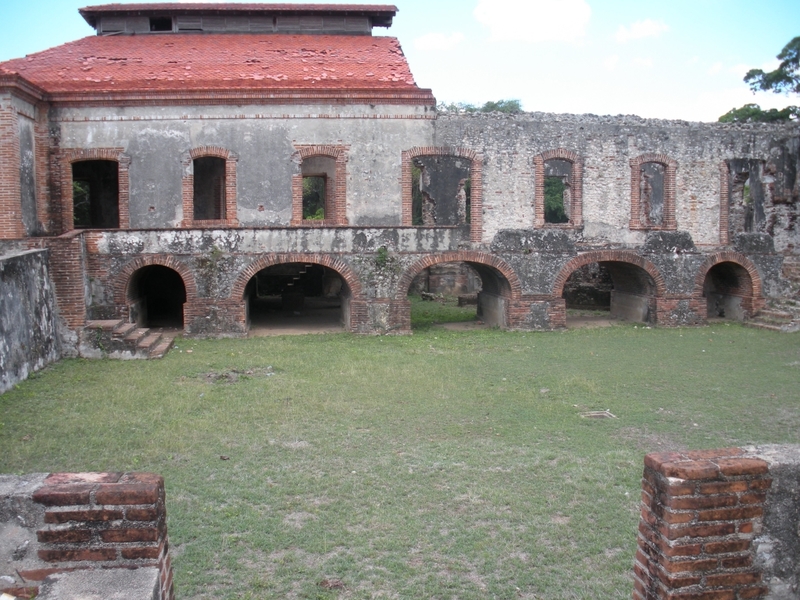The Earliest Transatlantic Slave Trade in the Americas (1518)
TRANSCRIPTION
ENGLISH TRANSLATION
Commentary
In 1518, Alonso Zuazo, Governor and Judge of La Española’s Audiencia, was convinced of the fundamental importance of enslaved Africans as labor force for La Española’s economy and for the colony’s survival. Zuazo wrote a letter to the Crown, pushing the importance of this matter.
In what sounds like an early version of what centuries later would be called “triangular trade,” Zuazo proposed for ships to travel from La Española to Spain to pick items or commodities that would be of interest to Africans, and from there to travel to Cape Verde, a Portuguese colonial possession off the coast of West Africa at the time, and exchange the commodities for as many young bozales as possible of both sexes, and then load them up on the same vessels and hurl them across the Atlantic to La Española.
Zuazo proposed that once in La Española the enslaved Africans should be married, settled in villages, and put to work with the hope that slaves would “adopt” the Spanish culture.


